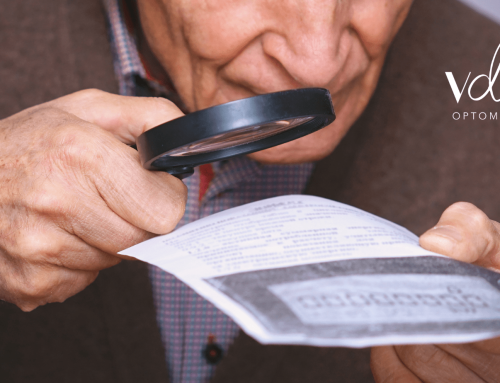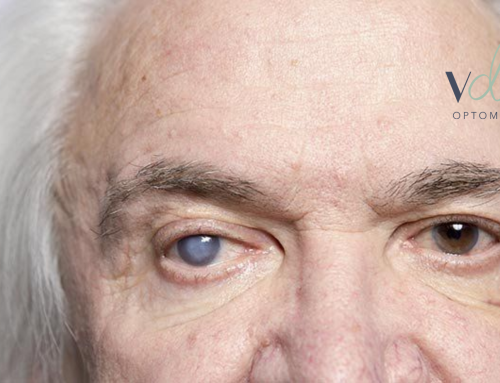Signs and Solutions for Age-Related Vision Changes
Ageing is a natural process, and with it comes certain changes in our bodies, including our eyesight. One of the most common changes is the need for multifocal spectacles. These glasses help people see clearly at different distances—whether it’s reading a book, looking at a computer screen, or viewing objects at a distance.
But when exactly do you need to start wearing multifocal glasses?
Let’s explore the signs, causes, and solutions.
Why Vision Changes with Age
As we age, the lens inside our eyes gradually loses flexibility—a condition known as presbyopia.
This typically starts around the age of 40. Presbyopia makes it difficult to focus on close objects, making activities like reading or looking at your phone challenging.
When you’re young, your eyes easily switch focus between near and far distances. However, as the lens stiffens over time, you lose this flexibility, leading to blurred vision when focusing on nearby tasks.
Signs You Might Need Multifocal Glasses
Here are some key indicators that you may need multifocal lenses:
- Difficulty Reading Small Print
If you find yourself holding books, newspapers, or your phone farther away to read, this is a classic sign of presbyopia. Eye strain or headaches after long reading sessions are also common. - Switching Between Different Pairs of Glasses
If you already wear glasses for distance vision but need a separate pair for reading, multifocal lenses can be a game-changer. Rather than swapping glasses for different activities, multifocals combine multiple prescriptions in one lens. - Blurriness at Intermediate Distances
Struggling to see your computer screen clearly? Multifocal glasses are designed to provide clear vision at middle distances, which is essential for daily tasks like using your computer. - Frequent Eye Fatigue
Eye strain or headaches when switching between tasks may indicate you need multifocal lenses. These lenses reduce strain by offering clarity at various distances.
When Should You Start Wearing Multifocal Glasses?
Most people start noticing presbyopia in their early to mid-40s. Here’s a general timeline:
- Early 40s: Minor struggles with near vision may begin. Reading glasses can temporarily help.
- Late 40s to Early 50s: Presbyopia becomes more pronounced. Multifocal lenses may become a better long-term solution.
- Beyond 50: By this stage, multifocal lenses are often necessary to address worsening vision at various distances.
Bifocal or Multifocal: Which Is Right for You?
The difference between bifocals and multifocals can be confusing.
- Bifocals: These lenses have two zones—a distance zone and a near zone separated by a visible line. Bifocals are ideal if you need help seeing both far away and up close but don’t require correction for intermediate vision.
- Multifocals: These lenses offer three zones: distance, intermediate (such as for computers), and near. Unlike bifocals, they have no visible lines, providing a smoother, more natural visual experience.
How to Get Started
If you’re noticing any of the signs mentioned, schedule a comprehensive eye exam with an optometrist. They’ll determine if multifocal glasses are right for you and help you choose the best lenses based on your lifestyle.
Conclusion
While the idea of needing multifocal spectacles might seem daunting, they’re a practical solution to age-related vision changes. With the right pair of glasses, day-to-day tasks like reading, working, and driving become much more comfortable. If you’re nearing 40 or already experiencing blurry vision at multiple distances, it might be time to explore multifocal lenses.
Visit your nearest VDM branch today to get a comprehensive eye exam and discover the best multifocal lenses for your needs!






